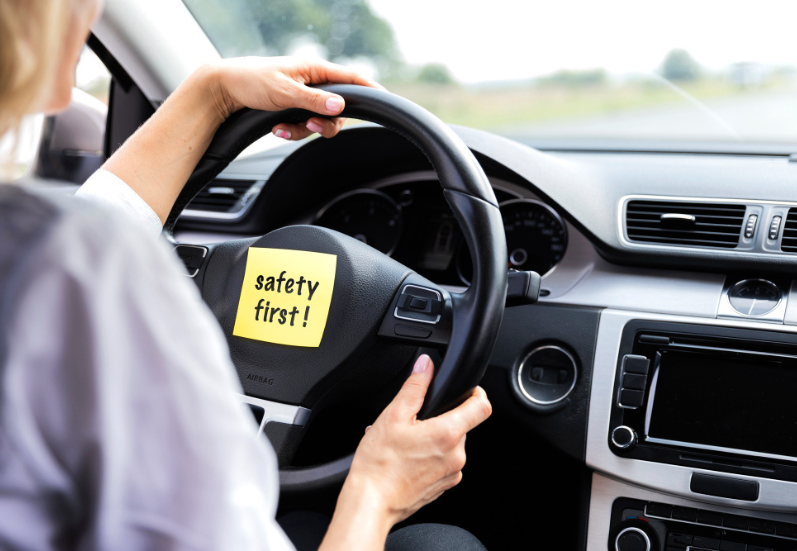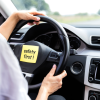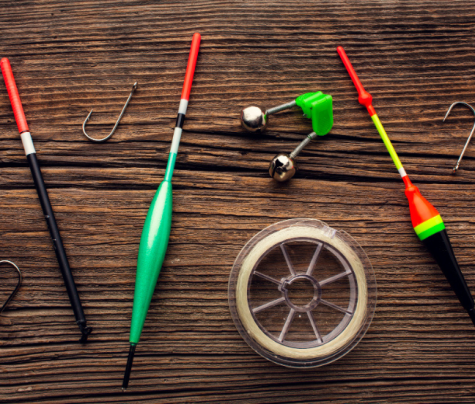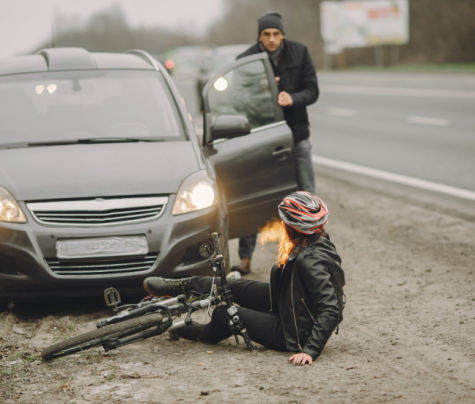
Distracted driving is a major safety problem. The advent of cell phones has led to an increasing number of injuries and deaths on the road related to drivers who are not paying attention while behind the wheel.
Even a brief moment of taking your eyes off the road can result in a terrible outcome.
While serious injuries have risen due to driving and texting or web browsing on cell phones, technology has also paved the way for positive developments in vehicle safety.
Recent innovations are helping keep our roads as safe as possible.
But the real question is, “Can you add safety features to your car?” Well, that’s what I am going to delve into today.
In this blog, I will be discussing the various safety measures to avoid car accidents and what lawyers advise. So, keep reading to know more!
What Are The Major Safety Innovations For Cars?
A good driver keeps their eyes on the road at all times. Unfortunately, many drivers succumb to the temptation of their phones or other distractions.
As noted earlier, it only takes a brief moment of inattention to cause an accident.
Modern safety and driver-assist features help vehicles to remain in their lane, apply the brakes if there is an accident, identify cars in blind spots, and more.
Ideally, these technological advances can prevent accidents from occurring. At a minimum, they can reduce the likelihood of a serious injury resulting from a car accident.
Even with advanced safety features, accidents can still happen, so speaking with car accident lawyers in PA may help you understand your options.
How Backup Cameras Help With Car Reversing?
Even low-speed accidents can lead to harm. Many people are unaware that the speed at which a vehicle is traveling does not necessarily correlate to the severity of the injury that can be suffered.
Backing out of a driveway or parking spot can hurt others, depending on several factors. Enter the backup camera. The backup camera starts working right when the reverse gear is hit.
The center display screen then provides the driver with live footage of what is occurring behind the car as it reverses.
Some systems even incorporate audio alerts and gridlines that provide further assistance.
Another advancement in the safety features that is even more helpful is the ability to show the driver where the vehicle is going based on the steering angle.
This way, even before a driver is near any obstruction, it can predict a potential accident and help avoid it.
How Airbags Protect You In A Car Accident?
Federal law has required airbags in vehicles for over 20 years. While an airbag may not be at the forefront of new safety features, recent developments have improved it.
So, it can effectively prevent serious injuries during a car crash.
Initially, airbags were part of the automobile only for the driver and front-seat passenger. Even then, they were minimal, protecting them in the area directly in front.
Now, airbags are not only a safety feature mandated by law, but they are also utilized differently.
Instead of two airbags in an entire vehicle, many now contain up to 10 spread throughout the interior. This way, nearly all passengers have impact protection in the event of an accident.
It must be stated, however, that airbags carry with them safety risks of their own. For example, airbags deploy and inflate quickly after an accident occurs.
In order to inflate, they generate gases that must be expelled in that process. The result is that the airbag is deployed quickly and with great force.
Moreover, that force is sometimes enough to cause injuries in its own right.
Blind Spot Sensors To Keep An Eye Out
Changing lanes in traffic is not always easy, especially with other vehicles whizzing past, which can be an accident waiting to happen.
Numerous vehicle manufacturers have made blind-spot sensors standard on their models in recent years.
Lights on the corresponding mirror and in the instrument display help inform a driver instantaneously when a vehicle is in one of their blind spots.
This safety feature is designed to prevent a lane change from being attempted when a car is detected in the adjacent lane.
Cruise Control Accounts for Traffic
Like airbags, cruise control has been a feature of many vehicles for decades. This system allows a car to maintain a specific speed without driver input.
A driver needs only to attain the desired speed, initiate cruise control, and release the accelerator.
The cruise control system will then maintain the set speed until the brake pedal is depressed or the cruise control is stopped.
What standard versions of cruise control do not account for is the distance between vehicles. A driver may initiate cruise control while following a slow car at a short distance.
This can create dangerous situations where accidents cause serious injuries. For example, a sudden halt of traffic in front of a cruising vehicle could lead to a rear-end accident.
Newer versions of cruise control, often called adaptive cruise control, account for changes in traffic.
This type of cruise control automatically adjusts speed based on the speed of the vehicle ahead and the distance between the two cars.
Injuries and vehicle damage are more avoidable due to this advancement in safety technology.
Considering Car Safety Features For Protection Against Accidents
The risks associated with driving differ depending on who is operating the vehicle. How a person uses their vehicle and the traffic conditions they find themselves in most frequently determine the type of safety features most desirable.
A family vehicle should have highly rated rear seats and child seat anchors. These anchors are essential when mounting car seats.
Consider that it is now recommended that children as old as 12 use a car seat or booster seat when riding in a vehicle.
For commuters who use their vehicles mostly to get from home to work, lane departure sensors and cruise control can prove invaluable.
Fatigue behind the wheel is a reality- especially when heading to the office early or coming home late in the evening.
Larger vehicles, frequently used by contractors, landscapers, and others, are prone to rollover accidents. This is especially true when these vehicles are loaded with materials and supplies.
Finding a vehicle large enough to transport essential items yet safe enough to deter rollovers is an important balance to strike.










0 Reply
No comments yet.